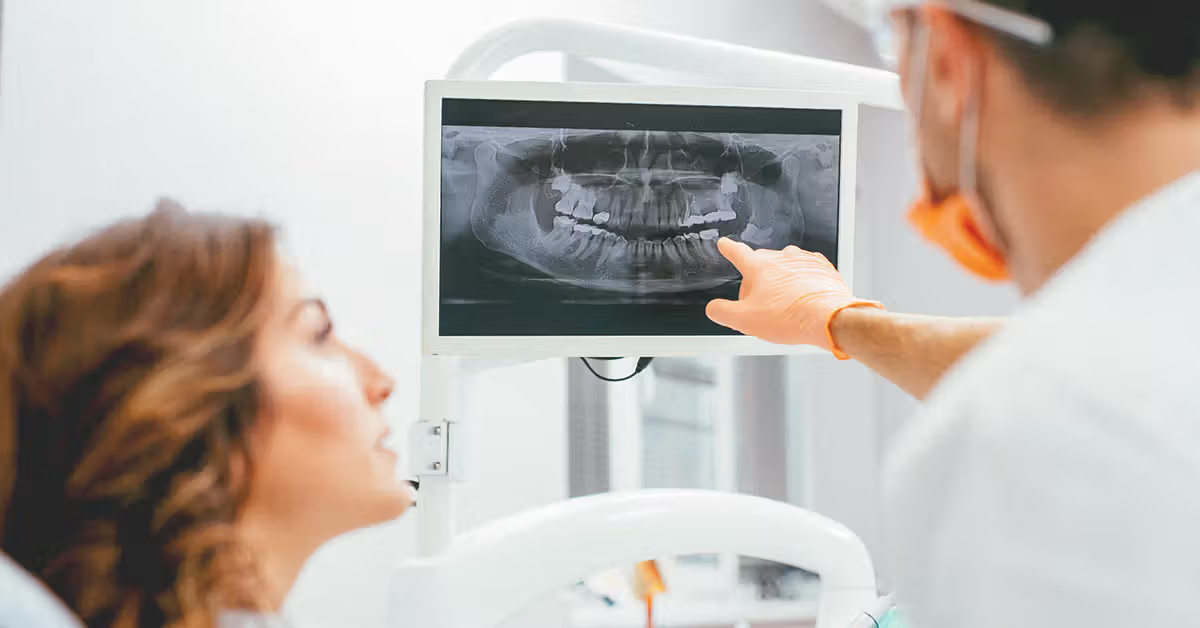When you have an issue with your teeth, your dentist will first do a visual examination to provide you with the information you need. However, visual examinations do not often provide all of the essential information. This is when X-rays can be useful. They assist dentists in detecting potential decay or disorders that would otherwise be invisible to the human eye.
These X-rays can assist your dentist in detecting cavities, dental decay, and impacted teeth. Dental X-rays may appear sophisticated, but they are relatively common equipment that is just as vital as regular dental cleanings. Many dentists in the Lake Forest region share the same thoughts about Dental X-rays. So, you can speak to a dentist in Lake Forest, CA, to learn more.
Dental X-rays – how do they work?
Dental X-rays, or radiographs, are internal pictures of your teeth and jaws. Dentists utilize X-rays to evaluate structures that cannot be seen during a typical checkup, such as your jawbone, nerves, sinuses, and tooth roots.
Dental X-rays, like X-rays obtained elsewhere in the body, use electromagnetic radiation to capture images of your mouth. The radiation beam penetrates your soft tissues, producing pictures of your teeth and bones.
Dental X-rays can be traditional (taken on film) or digital (shot using digital sensors and a computer). Digital dental X-rays emit 80% to 90% less radiation than traditional dental X-ray devices.
Dental X-rays aid your dentist in diagnosing a variety of oral health problems. Dental X-rays reveal:
- Bone loss in your jaw.
- Decay beneath existing fillings.
- Cavities, or tiny areas of decay between teeth.
- Abscessed teeth (infection of the tooth’s root or between the gums and the tooth).
- The position of unerupted or impacted teeth.
- Areas of infection.
- Cysts and some types of tumors.
Dentists also utilize X-rays to establish your suitability for treatments such as braces, dental implants, or dentures. X-rays can also assist your dentist check on the healing process following specific operations, such as root canal therapy and dental bone grafts.
Do you need a dental X-ray?
Everybody’s dental health differs. Individuals recently diagnosed with gum or dental disease may require X-rays every six months, but others who do not have continuing dental care may only require an X-ray every couple of years. If you are a new patient and have not had an X-ray in a while, your new dentist may offer a panoramic X-ray to evaluate your dental health.
What happens after a dental X-ray?
When the photos become available – instantly in the case of digital X-rays – your dentist will examine them for any irregularities. If a hygienist cleans your teeth, the dentist may discuss the X-ray results with you afterward. The exception is if the hygienist detects any major issues during the X-rays.
If your dentist discovers any concerns, such as tooth rot or cavities, they will explain your treatment choices. If your dentist discovers nothing wrong, keep up the excellent work!


Comments are closed.